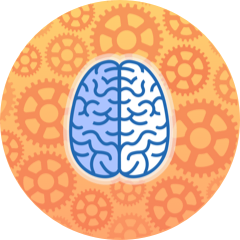Animal Care
The well-being of our animals is a top priority.
Because NPRC animals are crucial to discovering disease causes, preventions, treatments and cures, we have tailored programs to meet the animals’ species-typical needs as well as their psychological well-being.
The NPRCs also follow regulations and guidelines from the National Institutes of Health, the U.S. Department of Agriculture and NPRC-specific institutional animal care and use committees. In addition, the NPRCs are accredited by AAALAC International whose accreditation is recognized as the gold standard for laboratory animal care.
Learn more here.







